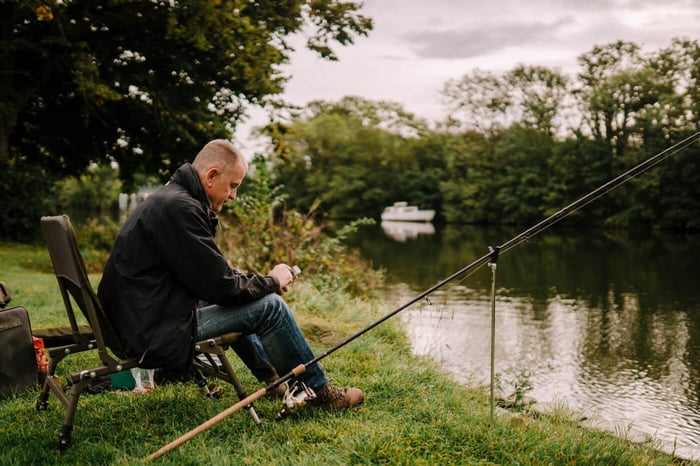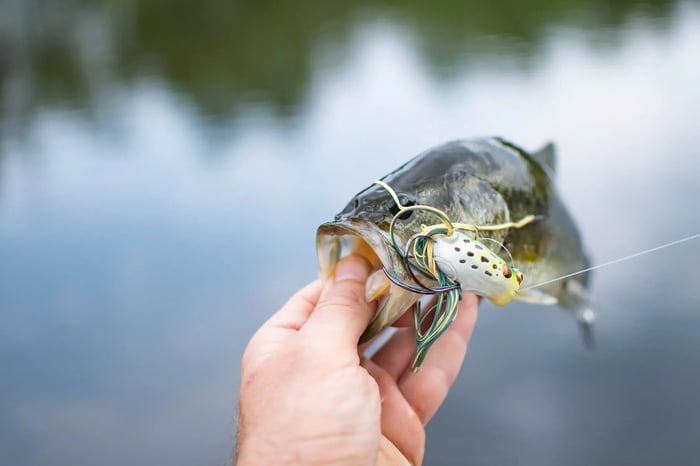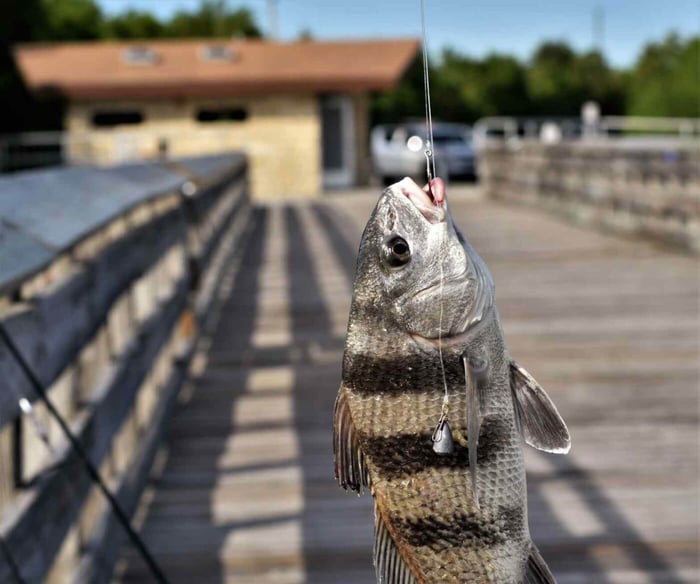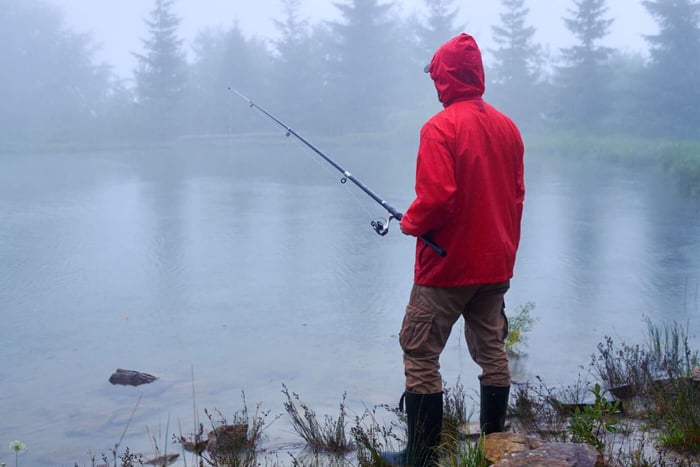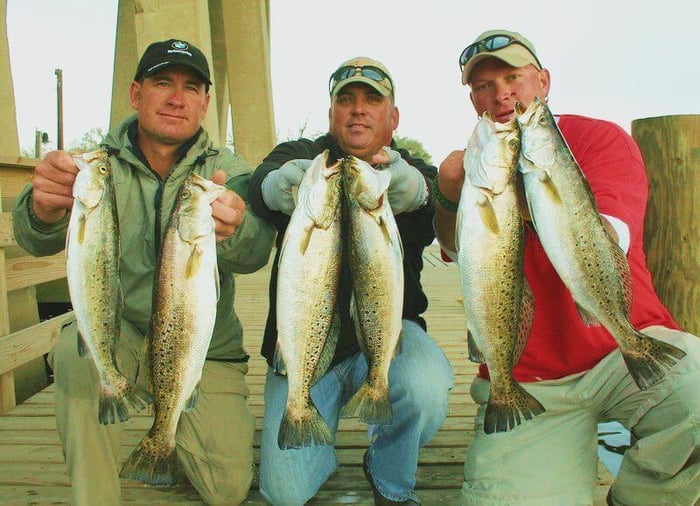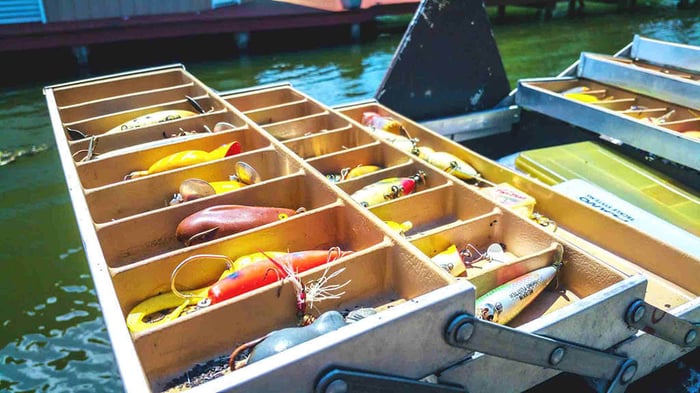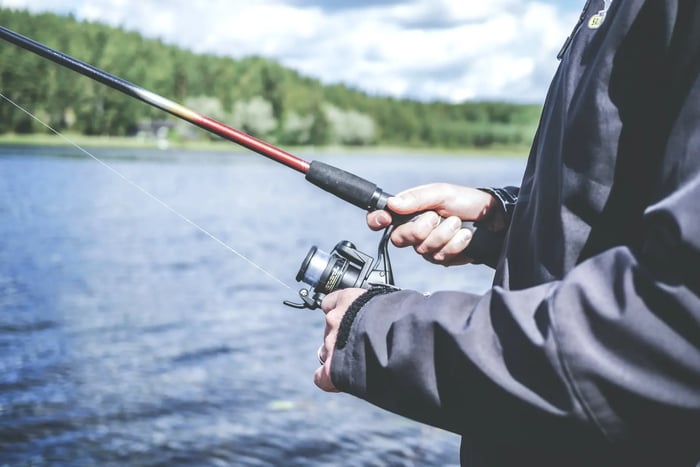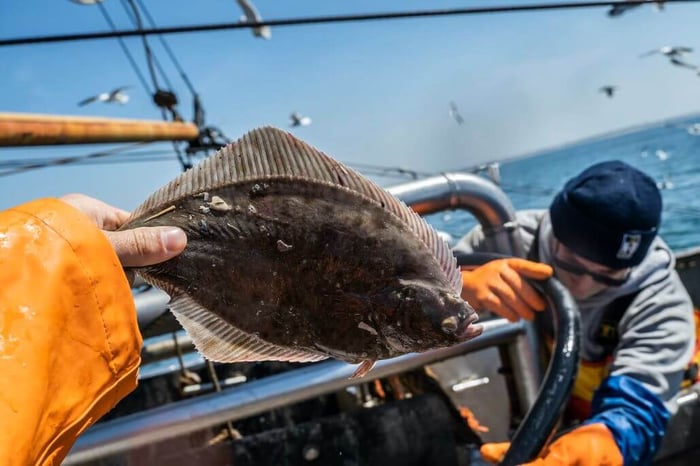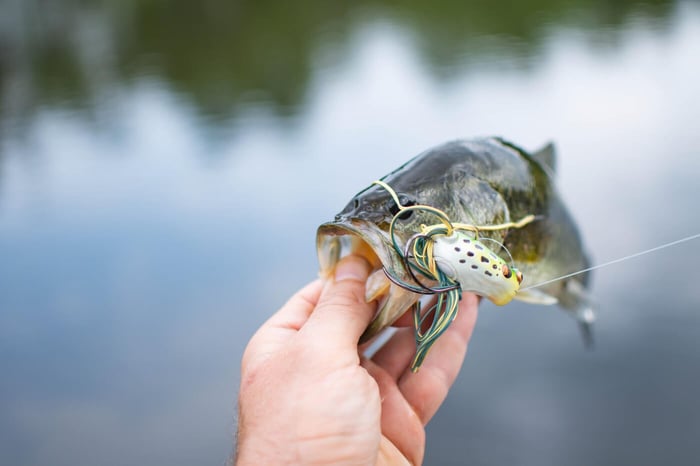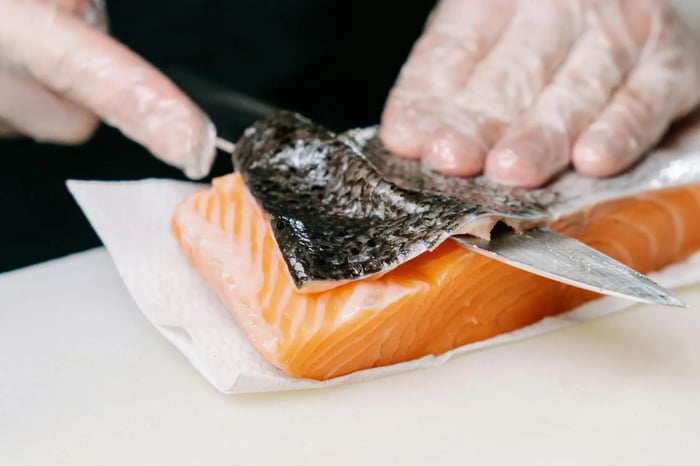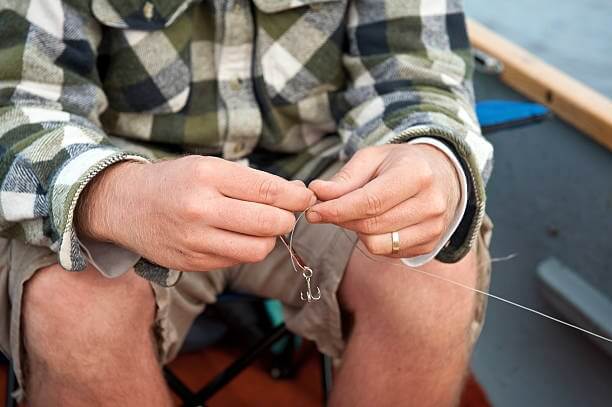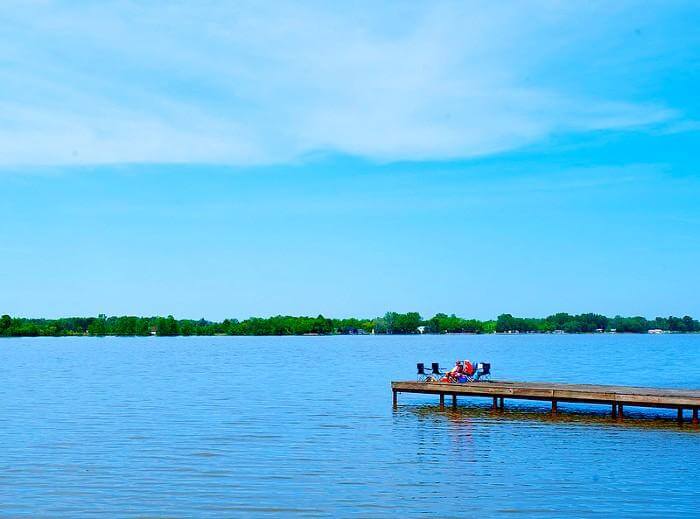INTRODUCTION
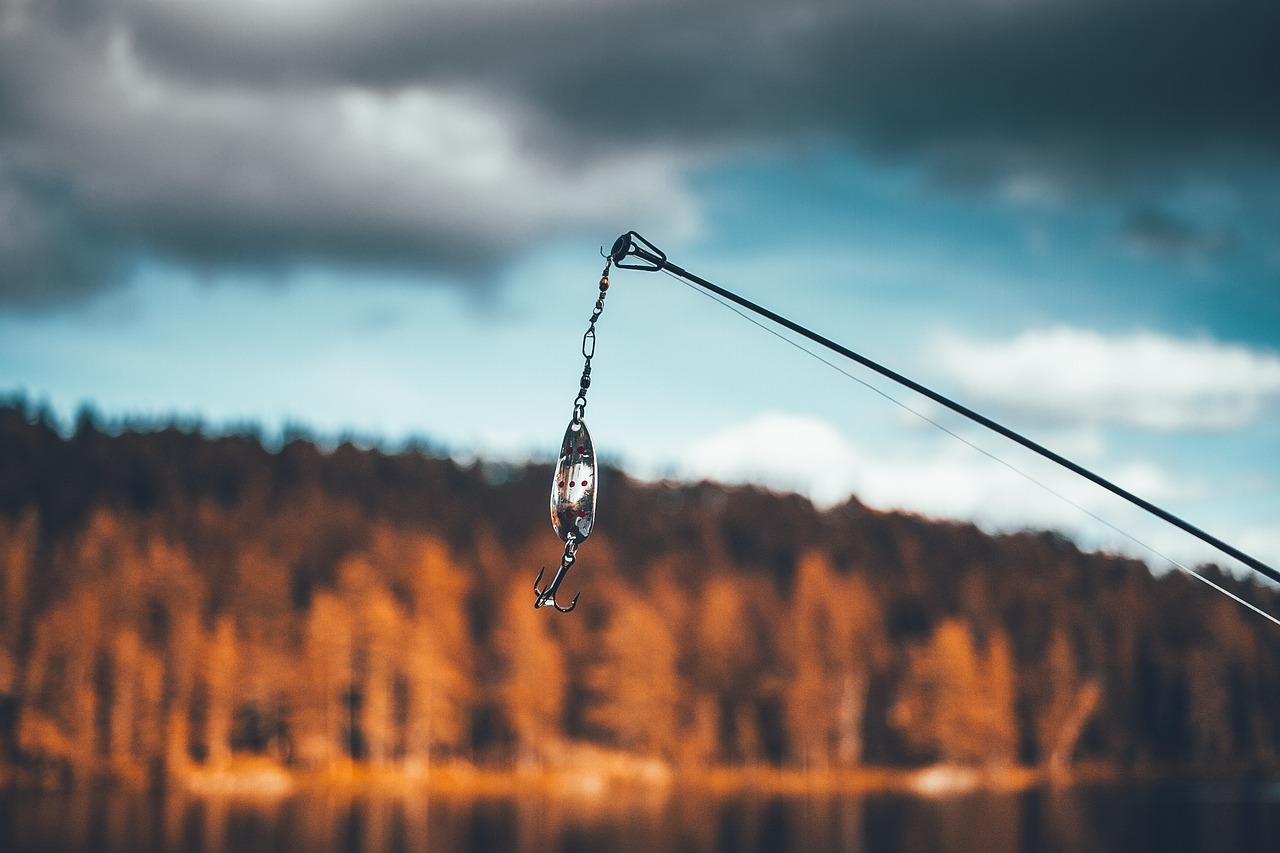
If you're here, you probably know already that one of the most effective ways to chase after a bass is by luring them through a chatterbait. Now, it leads to the important question, how do we fish a chatterbait then for bass?
At first glance, a chatterbait fishing lure looks so much like a spinnerbait with a bent blade and another missing. It peaks during the spring season, but you can still fish chatterbait during late winter through the autumn season.
To start, you will need to attach a little square piece of metal with trimmed corners to the front of a bass jig. This will give the lure its most rigorous vibration. This is basically just one of the key components that work best in attracting strikes from a hovering bass. This "vibrating" sensation delivers extra shimmy to the lures, which will make them extra captivating for the bass.
The chatterbait already has adequate action and vibration for alluring bass, but if you can add more bulk, buoyancy, and action to the lure, that's even better. You can do this by attaching a plastic trailer to the bladed jig. There are different types of soft plastics to add to the chatterbait, which may include the following: toad-style baits, paddletail swimbaits, and beaver-style. In addition, you can opt to add more color to the bait by attaching a plastic trailer in a contrasting hue. Surely, this will increase your chances of catching your bass target.
Your first "cast" with a chatterbait will leave you in a handful of giggles. You will immediately feel the difference between chatterbait and spinnerbait. As you retrieve the chatterbait, you will see its mind-blowing vibration traveling right up the line and into the rod. You can also take a look at the water and admire the flash of the blades under the watery surface.
In this article, we will talk about chatterbait Fishing, its history, facts, and tournament trails, as well as the different ways, techniques, and methods to fish a chatterbait. So, stay tuned and take note of these fishing tips that we are about to disclose. While you're at it, get a cup of coffee and take a sip while you read through the article.
Chatterbait Fishing: History & Facts

Before getting into detail about how to fish a chatterbait, let us first discuss its historical background.
As early as 2003, the inventor Ronny Davis and his son Ron tested prototypes for the original chatterbaits. According to Glenn Young, national sales director for Z-Man Fishing, "Ronny remarked they should call it a ChatterBait because it vibrated so hard it almost made his teeth chatter," he said. After some time, the lure invented by the Davis father-son duo gained popularity to the point where they couldn't even with the orders. Eventually, they sold the manufacturing rights to Z-man Fishing.
Under Z-man Fishing, chatterbaits continued to garner popularity all over the world. Quoting, "Although the ChatterBait is protected by multiple patents, we've seen a huge increase in copycats," Young further elucidated. As such, this bladed jig is notably popular with redfish and calico bass. Furthermore, as soon as it hits the water, they will surely bring about a bite as you pull it up again.
Tournament Trail of Chatterbait Fishing

To say the least, chatterbait has become so popular that it has even been included in certain games played by tournament professionals and weekend warriors. Surely, you'll be amazed to know this long list of tournament wins, all thanks to this wild-looking reaction bait.
The prominent names who help many anglers earn money in a stable manner are Luke Clausen, Davin Walker, and Stephen Browning. Imagine this, throwing bait on the tournament trail while having fun and earning money at the same time. Pretty amazing, right? As such, the three-in-one features of chatterbaits enable them to display such versatility, which means that they can be fished in a bunch of different ways and in different seasons.
Let's take 3/8-ounce Z-Man ChatterBait Jack Hammer as an example, who earned Texan Dwayne Taff a $100,000 win in the 2018 Kayak Bass Fishing National Championship. According to this legend, he tied on the $16 lure because "I wanted to see what the hype was about." The price he earned is so big that it's enough for him to buy at least 6,250 Jack Hammers.
You may be wondering, what was his secret to winning? Well, he switched to the bladed swimbait after pre-fishing produced no keepers. Professional anglers popularly refer to this process or course of action as " prospecting, " making hundreds of long casts to find where bass are holding.
The Perfect Spots to Throw a Chatterbait
Now, let's answer the question, where is the ideal spot to throw away your chatterbait?
-
In Weeds and Grass
Chatterbaits are designed to slide through vegetation that will get spinners and crankbaits. As such, gearing up with a single hook is a good option because they work like jigs, swim like crankbaits, and vibrate like a spinner on steroids.
-
In Dirty Water Column
Chatterbaits also work well in dirty water, especially if the water contains a touch of breeze. If you throw your chatterbait here, you are similarly just throwing it in generally the very same conditions that favor spinners. That is the proven and tested way of going about your chatterbait. However, a lot of anglers depend on them in clear water as well. So, keep that in mind while putting things into perspective.
-
In Clean Water
Lastly, chatterbaits also work great in clear water, particularly one that is under 60 degrees. This is in contrast to the popular belief that chatterbaits are only for filthy water. Well, news flash, it's not. In fact, if you just give it a try, particularly when the bass is excessively drowsy for spinners, you will be surprised as to how effective they can be in clear water.
Chatterbait Fishing: Tips and Techniques

Here are some tips and techniques to note for your next chatterbait adventure:
Slow Down
For the most part, chatterbaits work at their best when fished slowly yet surely, whether that's rolling them over and around a rock pile or popping them delicately from a weed bed.
Also, you wouldn't want to burn your chatterbaits through the water, right? So, take it slow and just be patient while waiting for the lure to work and get you your first catch. That is, only if you do them right and correctly.
Execute the Measures
If you're done putting chatterbaits into slow motion, why don't you do the action and actively work them? After all, a robotic retrieve will definitely not wring the most from them. So, make some quick pumps of your rod, wriggle it aggressively, and make some other actions just enough to get the blade moving and the trailer swimming.
First is the pop-and-reel method. To start, you need to let your lure sink to the bottom. After that, you need to pop it with a quick pump of your rod, retrieving it back after a few seconds. Next, let the chatterbait fall again and repeat the process. If you are using a craw trailer, this method of popping and reeling is a very good option for you.
Second is the slow, steady retrieve method. Whether you are in flukes or craw, this is a must-try method. This can be between the skirt, the blade, and those trailing bits of soft plastic. Just don't zip your chatterbait over the tops of weed beds to avoid negative effects.
Lastly, chatterbaits can also hop along the bottom. Through this, you can work your chatterbait like a jig and let it rise and fall to the bottom, whether in short hops or jumps. If you are in an area of cool water, you need to go low and slow with your presentation since the bass is most likely hovering in the depths of the water. Still, this is only recommended; you can still try this technique at any season you wish.
The Different Ways to Fish a Chatterbait
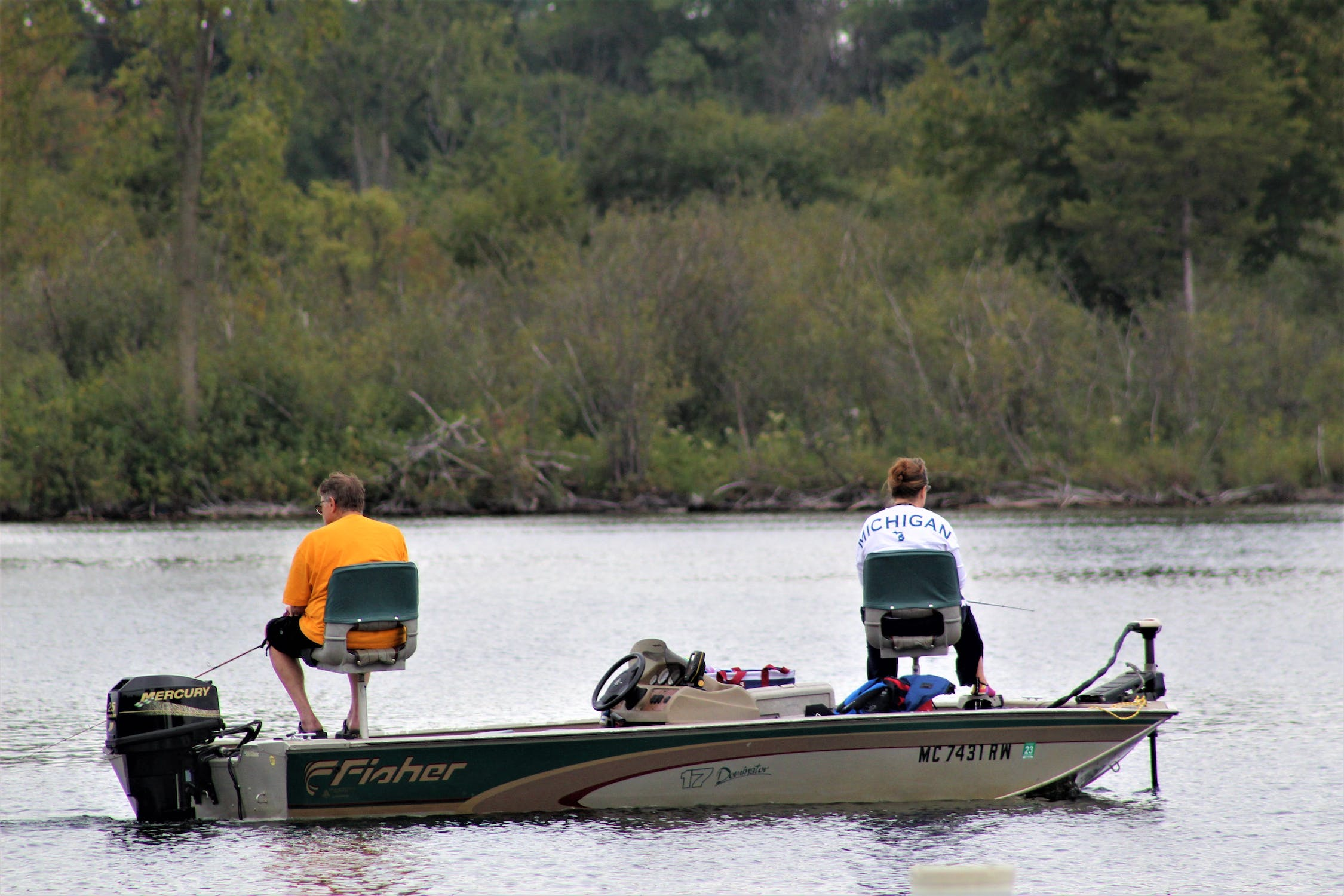
Split-tail Grubs
This trailer on a bladed jig will give the lure some additional length and expanded tail activity. This style of trailer works best as a finesse presentation of Chatterbait. As such, when the bass is fussy due to super evident fishing tension or clear water conditions, this trailer works very well so. Furthermore, it is likewise great for Chatterbaits when you need to fish the bladed jig in vegetation due to the fact that the grub is smoothed out and floats through the grass. Ultimately, complicated and bulky trailers or the ones with appendages are more prone to bogging down in the weeds.
This is a must-try trailer you ought to try since it can catch abundant bass and other quality fish in the waters.
Flukes
The next trailer you should try is this soft jerk bait, which is an ideal bladed jig trailer all year round. However, if you want to increase your chances of earning a catch, take note of seasons such as summer, fall, and winter when bass feed mainly on shad. When connected to the rear of a Chatterbait, the Fluke mimics the same gliding action as a swimming shad.
If you feel adventurous enough, try this combination any time you see shad flicking on the surface level or chunks of baitfish on your hardware. You can toss it around the shallow cover, such as rocks, grass, and stumps, to catch into action bass ambushing baitfish.
Plastic Craws
In this part, you can add bulk and action to your bait presentation by using a plastic craw with flappy appendages. Needless to say, the craw is an optimal trailer for some events. However, it works best in filthy water situations.
Moreover, a craw connected to a bladed jig moves more water, permitting the combo to deal with a slow retrieve. Hence, this combination is viable in both cold and hot water because it tends to be slow-rolled or dead-sticked for the purpose of enticing lazy bass into gnawing.
The Best Time to Fish a Chatterbait
Pre Spawn
During the pre-spawn season, bass migrate into the shallower waterred spawning spots. Hence, you are most likely to catch them near inlets and offshoots, especially once the warming begins. However, it is also of their preferimportant to note that big female bass are more eager to strike a chatterbait that moves around in their spawning areas. So, target them during this season to earn a better catch.
Spawn
Of course, after the pre-spawning season begins the actual spawning season. As such, when there is a great deal of cover around the spawning regions where fish stow away during their spawning months, using the vibrating sound of a chatterbait will be proven helpful. In this case, sight fishing is not really possible among the grass or in stained water, so a chatterbait that makes a rattling sound in the water can help you with finding fish.
Post Spawn
When the spawning season has passed, mature females will migrate again from the weighty cover regions and into more shallow cover regions. During this time, chatterbaits are the way to go for making bass get close to your bait and earn you a catch.
Summer
As the water temperature gets higher and fish move deeper into the water, slow rolling your chatterbait is the ideal choice in getting huge but lazy fish to take their bite. When doing this, you should consider dropping your bait around edges and drop-offs or close to shell beds where fish might have been found beforehand.
THE BEST SPOTS TO FISH A CHATTERBAIT
Grass Beds
First of all, you should know that using a chatterbait in and around lowered grass beds is one of the most outstanding spots to fish with this kind of bait. Ultimately, even thick grass and weighty weed beds can be a suitable area, especially if you appreciate tearing your lures to mimic baitfish and encourage the bass to take notice.
Docks
With regards to Fishing around docks, bladed jigs are, in many cases, underestimated in this aspect. Since this kind of cover area normally contains baitfish, you should make some effort to burn and rip your chatterbait to get get a few forceful strikes from nearby hungry bass.
Definitely try Fishing in this area during the late spring for the best results before fish migrate into deeper and cooler water.
Trees and Other Structures
Sunken logs, stumps, and other woody structures are the best locations to peek at and use your bladed jig. However, catching fish in this area is especially challenging. So, it would be best for you to slowly work your bait through the branches and other vegetation to keep your chatterbait on the line without releasing a snag along the way.
Shell Beds
During the summer season, there will be a large number of bass that will gather around or near shell beds. This is because they pick at this area's mussels and other bottom feeders. To do this, slowly roll the chatterbait across the lower part of the lake to get a few speedy strikes. If it does not work well with you, making some quick rips and rod tip shaking may make a difference. So, surely, it is worth trying, don't you think so?
The Overview: Should You Go Chatterbait Fishing?
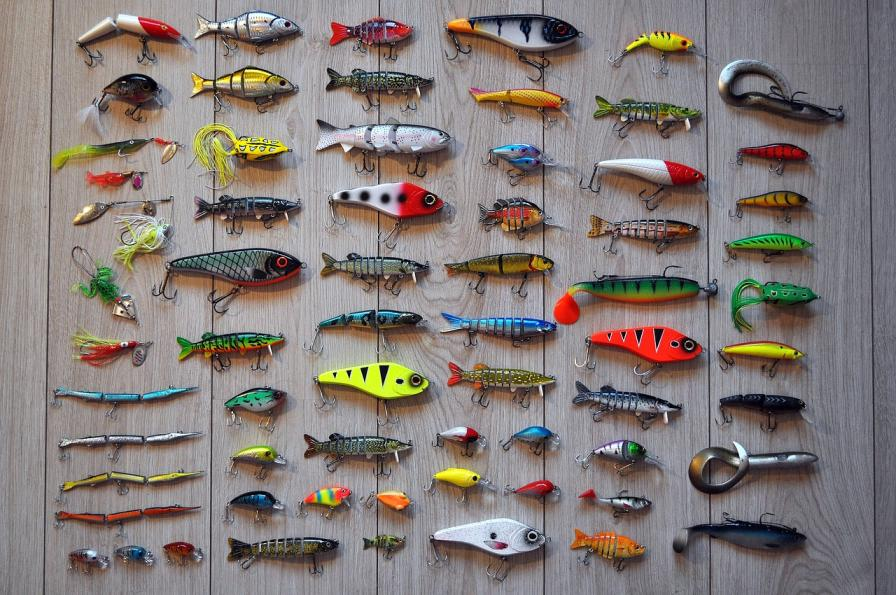
So, there you have it! That is all the gist and whatnots of chatterbait Fishing. If you want to practice this craft, run deep and be consistent in doing so, time and time again, despite it being hard at first. Catching bass using other baits will not be as effective as chatterbaits. So, knowing how to fish a chatterbait will be a handy skill in the long run.
Indeed, it is one of the most versatile baits on the market. Perhaps it is because chatterbaits have a way of preventing the fish from having lockjaw. Or perhaps it is because of their appearance or vibrating action. Or maybe it is due to their hex-shaped blade, jig-like body, or crankbait wobble? Name it, chatterbaits are truly a price to have on your next fishing trip.
To end, if you want to catch that big bass in your fishing net, invest some time in learning the basics of chatterbait Fishing. The process may take time, but who knows if you stick around and commit to learning the craft? You may master it in no time!
Now, get up and catch that versatile lure for yourself. Get hold of such an amazing bait fish that many anglers are aiming to catch.

